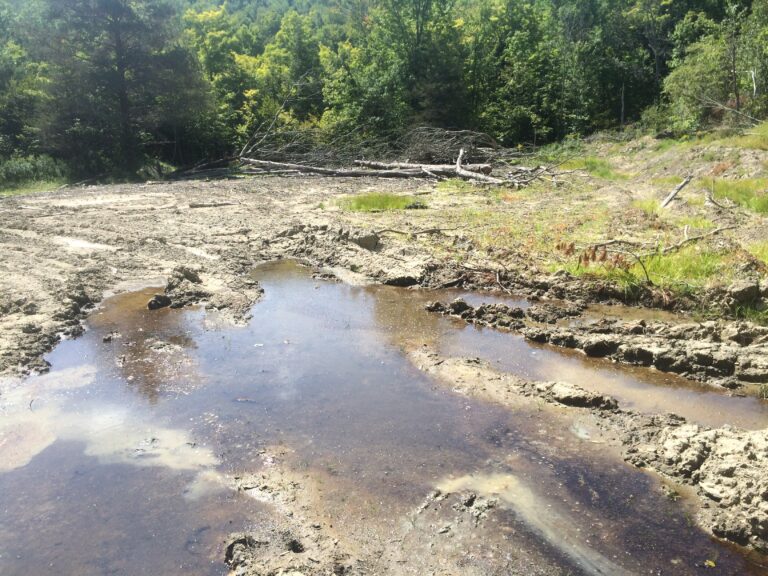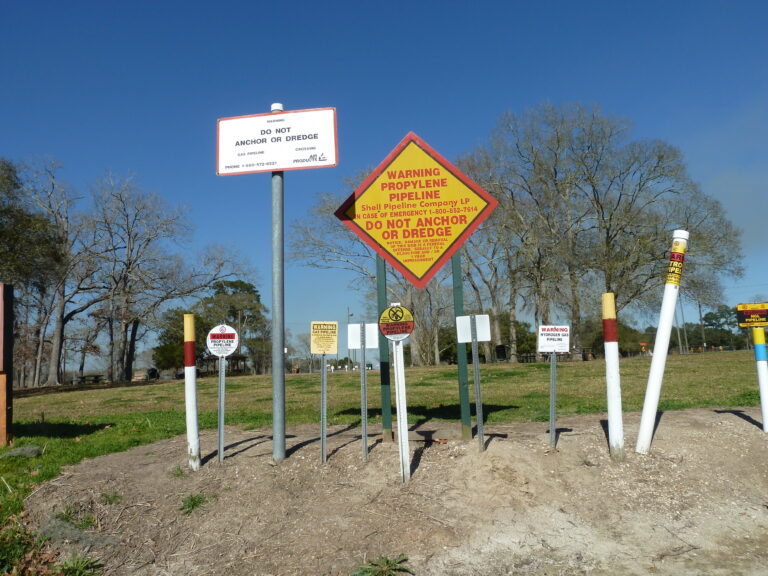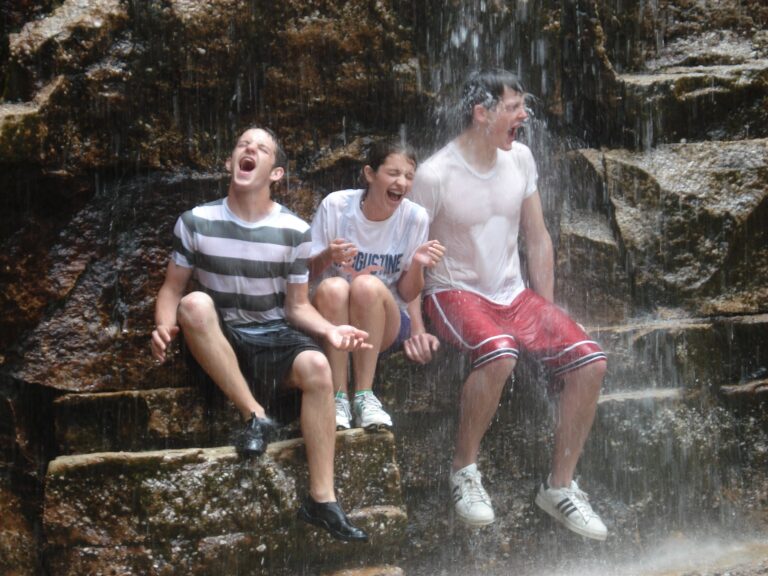How to Connect the Drops
Training Designed for Action
Daily headlines draw attention to water issues: contaminated drinking water, competition for water supply (bottled-water companies vs communities), oil spills, pipeline leaks, fracking impacts, flooding, habitat loss. This training helps you connect these issues with both the natural resources at stake and the actions we can take to protect them. By connecting cause and effect, we can develop strategies to prevent some of these impacts, clean up contaminated water and keep it clean, reduce flooding, and maintain water supply for people and ecosystems.
How to Connect the Drops training is presented in non-technical format by author and water resources specialist Karen Schneller-McDonald based on the book “Connecting the Drops: A Citizens’ Guide to Protecting Water Resources.”
Through presentations and discussions, How to Connect the Drops will help you:
- understand water issues,
- identify significant resources,
- interpret media accounts and scientific reports,
- evaluate impacts from land use activities including residential and industrial development and energy projects,
- develop strategies to protect water resources and habitat.
The full training consists of four sections, plus an introduction and conclusion. Each section is approximately 30-40 minutes; however, this can be adjusted to fit your needs in terms of time required and level of detail. You can sign up for the full series or the summary overview (1-1.5 hours). Training sessions are priced according to program design. For additional information contact Karen Schneller-McDonald, katykill2@gmail.com
Program Outline
Introduction: Brief overview of the water issues we face in our communities and recognizing the connections between water problems like flooding and contamination, their causes, and action required to address them.
1. Natural Water Systems
Watersheds, ecosystems, and nutrient cycles benefit our health and our communities. While most land use decisions are made according to parcel and municipal boundaries, water is a shared resource across these boundaries, above and below ground. Many of the flood protection, water quality improvement, and water replenishment services provided by watersheds and ecosystems are very low (or no) cost.

2. Land Use
What we do on land affects our water. How to make the connections between land use activities and their effects on natural water systems/benefits. Examples illustrate how to identify specific impacts associated with residential and energy development (including oil transport, natural gas fracking and infrastructure). Tables that summarize the cause-and-effect connections between specific activities’ impacts and water resources can be applied to all types of development: residential/ commercial, agricultural, and energy/ industrial.

3. Measuring and evaluating water impacts
How to understand adverse impacts on water as a basis for protection. Includes examples: water contamination, flooding, groundwater depletion, and changes in biodiversity (i.e. habitat damage and species loss). Environmental reviews can affect our water depending on how they’re interpreted and used. Environmental assessment includes words and phrases that are misunderstood, poorly defined, misused, and otherwise require additional scrutiny in terms of protecting a community’s water, such as:
- impacts: significant, cumulative, indirect
- mitigation
- true costs
- regulatory capture
- safety and risk

4. Overcoming Obstacles
Good intentions to protect water may be sidetracked by a variety of obstacles. Many of these can be overcome by changing the way we view them, asking the right questions, developing and using strategies for effective action, and turning obstacles into tools for protection. Examples include:
- environment vs economic development
- property rights
- municipal authority
- environmental and media reports
- coalitions, strategies, advocacy (emphasizing a ‘pro’ rather than ‘anti’ approach)
Conclusion
Making the connections needed to protect and restore our water resources includes a look to the future. One of the greatest challenges is reaching out to kids, inviting their interest, and including them in environmental protection actions. Considers: the common good, sustainable communities, grassroots action and advocacy, and engaging kids: informed, interested, involved.


